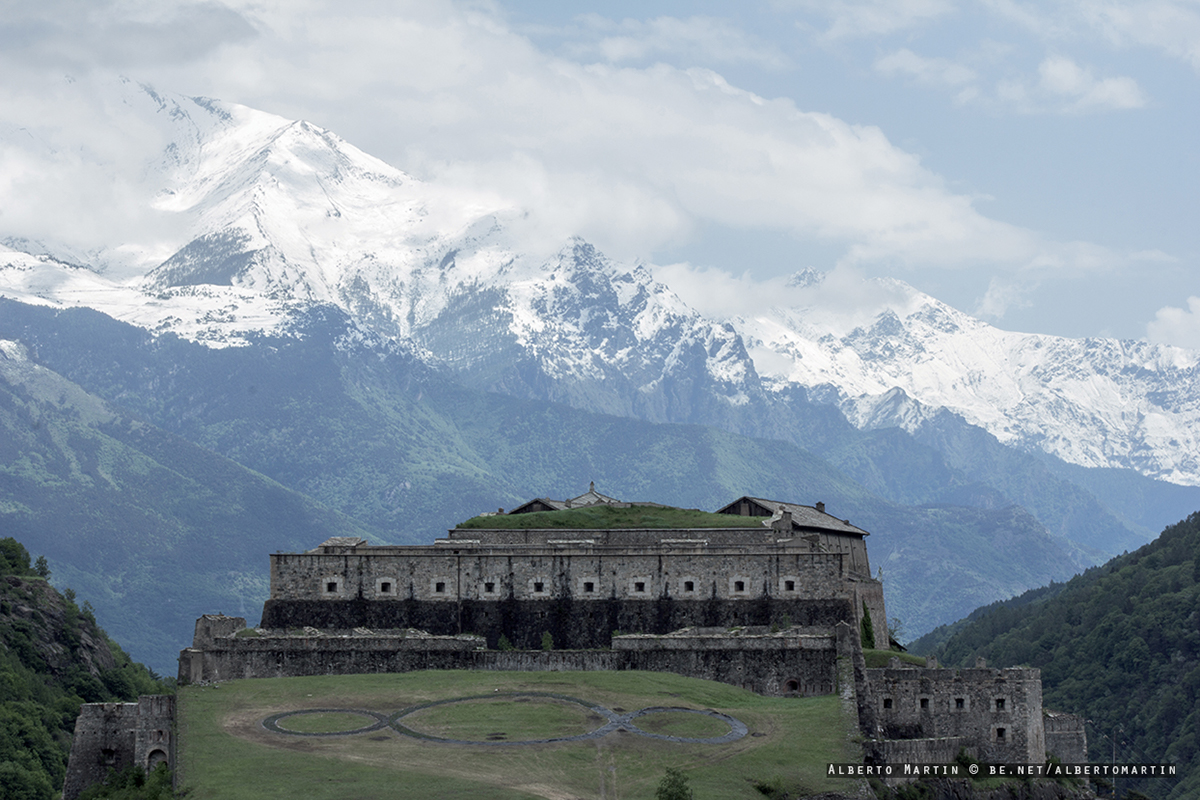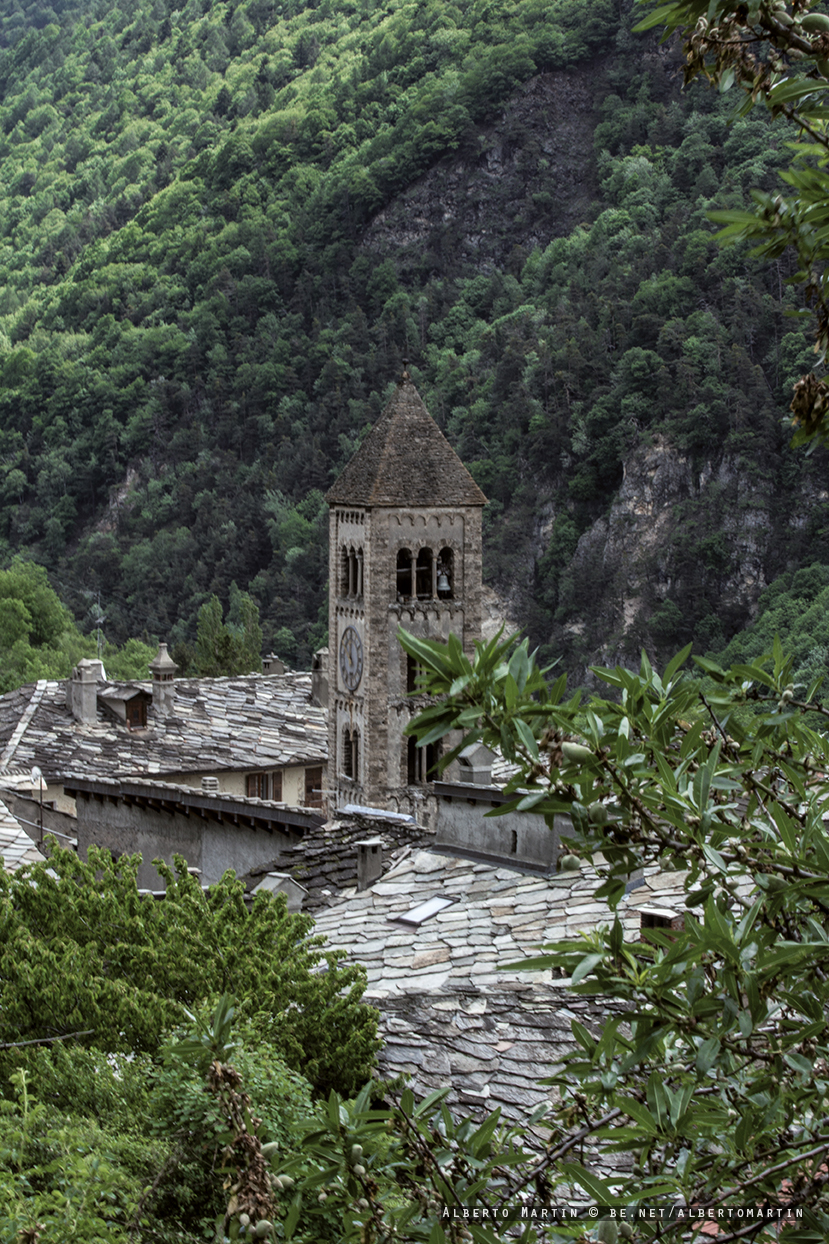EXILLES FORT / Valle di Susa ITALY
Exilles (Occitan: Exilhas, local Occitan: Isiya, Piedmontese: Isiles, Latin: Scingomagus, Italianization under Italian Fascism: Esille) is a comune (municipality) in the Province of Turin in the Italian region Piedmont, located about 60 kilometres west of Turin, on the border with France.
Exilles (Occitan: Exilhas, local Occitan: Isiya, Piedmontese: Isiles, Latin: Scingomagus, Italianization under Italian Fascism: Esille) is a comune (municipality) in the Province of Turin in the Italian region Piedmont, located about 60 kilometres west of Turin, on the border with France.

The fort of Exilles can tell the story about a mysterious man, who was imprisoned in the cells of its fortification, whose true identity is still a mystery. As evidenced by some historical documents, in the years between 1681 and 1687 in the cells of the Piedmont fort of Exilles a man by the mysterious identity was, in fact, imprisoned. The prisoner was renamed iron mask: his face was constantly hide behind a velvet mask covered by metal bandages. He could not talk to anyone but his confessor. Two guards where watching him day and night. According to the hypothesis put forward by the philosopher Voltaire and the writer Alexandre Dumas, this mysterious individual was the twin brother of King Louis XIV: the existence of the twin would have been hidden to avoid any claim to the throne of France. He was held in the custody of the same jailer, Bénigne Dauvergne de Saint-Mars, for a period of 34 years. He died on 19 November 1703 under the name of Marchioly, during the reign of Louis XIV of France (1643–1715). In the late 1840s, writer Alexandre Dumas elaborated on the theme in the final installment of his Three Musketeers saga: here the prisoner is forced to wear an iron mask and is Louis XIV's identical twin. Dumas also presented a review of the ideas about the prisoner extant in his time (circa 1840) in the chapter "L'homme au masque de fer" of the sixth volume of his Crimes Célèbres.
Intorno al Forte nacquero nei secoli molte leggende, ma forse la più famosa di tutte, fra verità storica e leggenda, è quella relativa ad un misterioso personaggio ivi rinchiuso (la costruzione fungeva anche da carcere) tra il 1681 e il 1687. Secondo la tradizione, questi potrebbe identificarsi con la Maschera di Ferro, personaggio la cui identità non è a tutt'oggi nota. Il primo a sollevare il problema fu Voltaire che, durante il breve periodo di permanenza nel carcere della Bastiglia (1717), apprese dell'esistenza di questo misterioso personaggio il cui volto era sempre coperto da una maschera di velluto ed era sempre ben trattato da alcune guardie che erano state preposte alla sua sorveglianza; Voltaire si appassionò alla sua storia, facendo delle ricerche che pubblicò in un suo libro. La permanenza della Maschera di Ferro ad Exilles è anche documentata da un carteggio, pervenuto fino ai nostri giorni, fra l'allora ministro francese della Guerra, Marchese di Louvois, ed il governatore della piazza di Pinerolo, dove la Maschera di Ferro soggiornò prima di Exilles e da dove il governatore stesso ne curò il trasferimento ad Exilles, continuando a seguirne da Pinerolo la prigionìa. Il carteggio tratta delle spese sostenute per il sostentamento (vitto e vestiario) del misterioso prigioniero. Da Exilles la Maschera di Ferro fu poi tradotta all'isola di Santa Margherita, (la maggiore delle due Isole di Lerino, al largo di Cannes) e qualche anno dopo alla Bastiglia.








